Nationality United States Net worth 1.0 billion (approx.) | Name Donald Marron | |
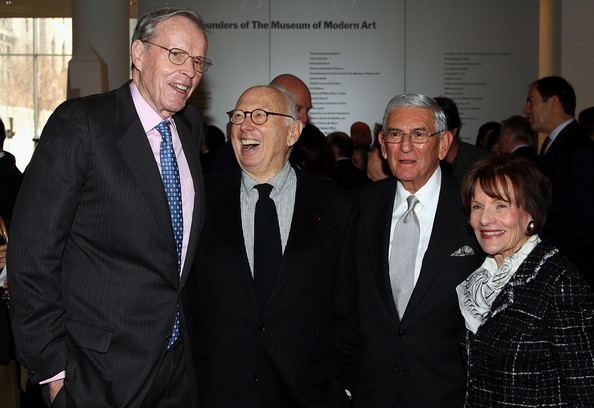 | ||
Born July 21, 1934 ( 1934-07-21 ) New York City Alma mater Bronx High School of Science (1950)The City University of New York (1954) Known for Paine Webber (Former Chairman & CEO),Lightyear Capital (Founder),Data Resources (Co-Founder) Education City University of New York Spouse Catherine C. Marron, Gloria Swope Marron People also search for Otto Eckstein, Donald B. Marron Jr., Marie-Josee Kravis | ||
Ricardo luna donald marron joan rivers april 23 1997 charlie rose
Donald B. Marron (born July 21, 1934) is an American financier, private equity investor and entrepreneur, notable as the chairman and chief executive officer of brokerage firm Paine Webber from 1980 through the sale of the company in 2000, as well as the founder of private equity firm Lightyear Capital and of Data Resources Inc.. He is the father of the economist Donald B. Marron Jr.
Contents
- Ricardo luna donald marron joan rivers april 23 1997 charlie rose
- Tax policy evaluation with donald marron of tax policy c
- DB Marron Company
- Data Resources Inc
- Paine Webber
- Lightyear Capital
- Art collector and philanthropy
- Board memberships and other affiliations
- Education
- References
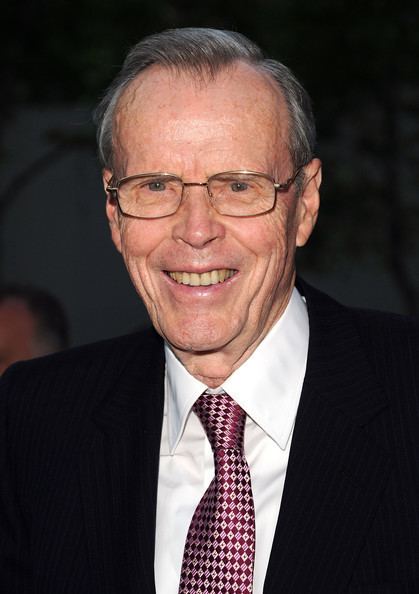
Tax policy evaluation with donald marron of tax policy c
D.B. Marron & Company
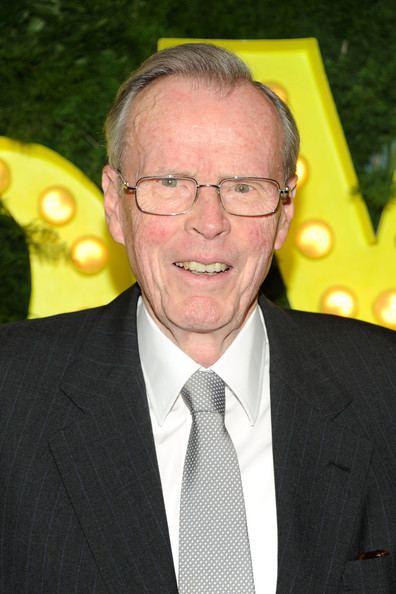
In 1959, Marron founded D.B. Marron & Company. In 1965, Marron sold his company to Mitchell Hutchins and in 1967 was named president of the company. In 1977, Mitchell Hutchins was acquired by Paine Webber.
Data Resources Inc.
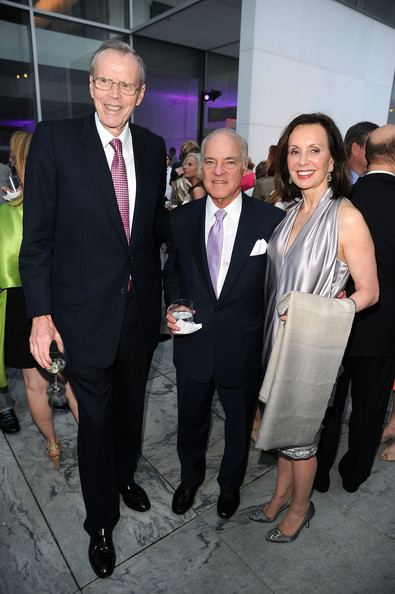
In 1969 Marron co-founded Data Resources Inc. with Harvard University notable economist Otto Eckstein. DRI became the largest non-governmental source of economic data and, working with Eckstein's theory of core inflation, developed the largest macroecomonic model of its era. The company was sold to McGraw-Hill in 1979 for over $100 million.
Paine Webber
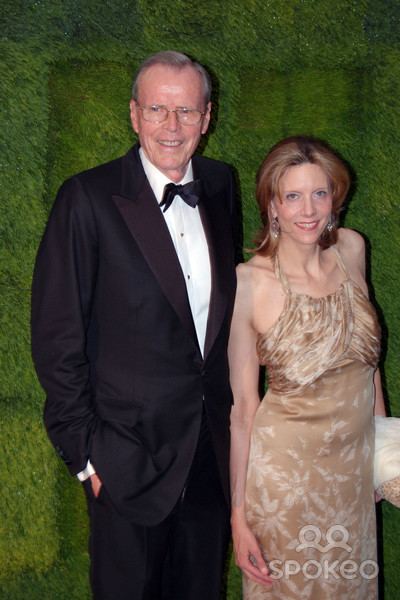
In 1980, Marron was named Paine Webber’s Chief Executive Officer, and in 1981, he was named chairman of the board of Paine Webber, roles he would hold for the next two decades. In 2000, as CEO, Marron engineered the sale of Paine Webber to UBS AG.
Lightyear Capital
After two years at the bank, in 2002, Marron left UBS to found Lightyear Capital, a private equity firm focused on investments in financial services companies. The firm has raised approximately $2 billion since inception across its two funds. In May 2002, Lightyear closed on its first fund, The Lightyear Fund, with $750 million of investor commitments, approximately $500 million of which came from UBS AG. In 2006, the firm completed fundraising for its second private equity fund, with $850 million of commitments from over 40 investors.
Art collector and philanthropy
Under Marron's five-year term as president of the Museum of Modern Art's board of trustees in the late 1980s, the endowment increased significantly, from $26 million in 1985 to $59 million in 1990. The museum's annual fund, supported by donors every year, also increased from $2.5 million to $3.8 million, contributing to an operating budget of $46 million a year.
While at Paine Webber, Marron assembled a corporate collection of postwar art for the firm over 30 years. In 2002, UBS PaineWebber promised MoMA 37 works, including paintings, drawings and sculpture by Andy Warhol (including Cagney, 1962), Roy Lichtenstein, Lucian Freud, and Jasper Johns. The donation was to be made over 15 years to take advantage of tax benefits for UBS PaineWebber and to ensure that the corporation could still hang the art for a while.
